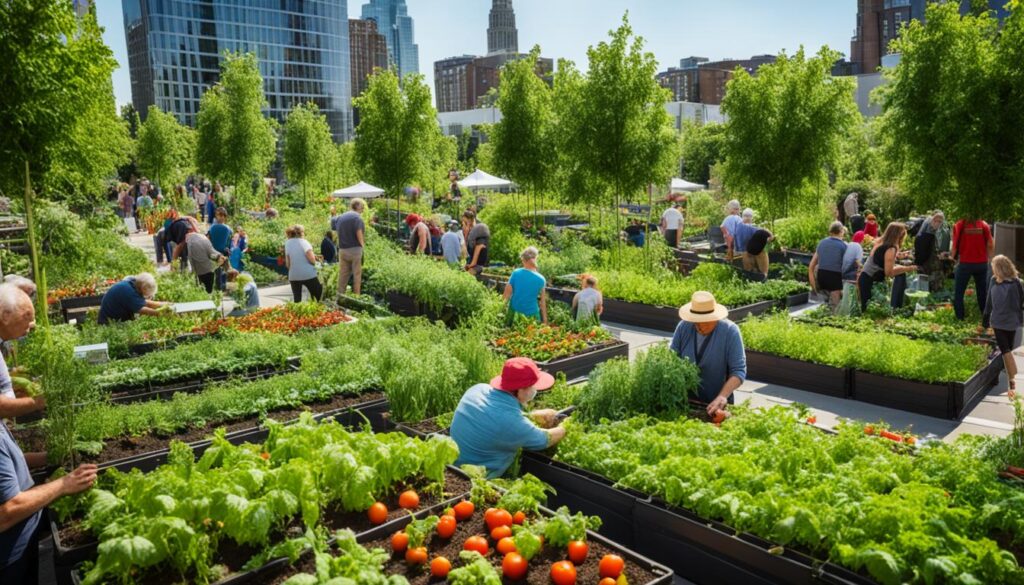After World War II, America’s backyards and empty lots turned into food gardens. This movement, called Victory Gardens, spread fast. It showed people’s love for their country and their wish to be self-sufficient. These gardens helped a lot with food security during hard times.
Victory Gardens had a huge effect on America’s food supply. By 1944, they were making 40% of the country’s vegetables. This showed how community efforts could make a big difference. People from cities and suburbs worked hard, making a big increase in homegrown food.
Key Takeaways
- Victory Gardens produced 40% of U.S. vegetables by 1944
- The program started after Pearl Harbor attack in 1941
- Over 20 million gardens yielded 10 billion pounds of food by 1943
- Tomatoes, beans, and onions were among the most popular crops
- Two-thirds of Victory Gardens were in urban and suburban areas
- Gardens improved food security and boosted morale during wartime
The Rise of Victory Gardens in World War II America
During World War II, Victory Gardens popped up all over America. They were key to the war effort, providing food for both civilians and troops. The government, along with private groups and businesses, gave out land, seeds, and advice to grow these gardens.

Americans answered the call to grow their own food. By 1943, almost half of all families had a Victory Garden. These gardens took up over 20 million acres of land. People learned organic gardening and sustainable food production methods.
The Victory Garden program pushed people to save their harvest. This cut down on the need for store-bought veggies and lessened transportation needs. So, more food and resources went to the military and America’s allies.
Victory Gardens were a start to urban agriculture. They turned backyards, empty lots, and even public parks into places that produced food. This movement helped set the stage for today’s community gardens. It showed how cities could become centers of food production.
Legacy and Modern Relevance of Victory Gardens
The spirit of Victory Gardens is still alive today through sustainable gardening and local food production. Places like the Fenway Victory Gardens in Boston keep the World War II spirit alive. They focus on food security and self-sufficiency, just like the original program.
Now, growing vegetables at home has changed with modern life. Americans grow food in their backyards, on balconies, and even in hydroponic systems. This makes it easier for more people to grow their own food, even with limited space.
Recent crises have made people turn back to Victory Gardens. During the COVID-19 pandemic, many started gardening for food and to reduce stress. This shows how the idea of Victory Gardens is still important today. It offers practical benefits and helps communities come together in tough times.
Victory Gardens are still popular because they promote healthy living and community. They encourage people to garden sustainably and rely on themselves. This inspires a new generation to focus on food security and taking care of the environment.

Leave a Reply